The science of the World Cup: What Russian researchers did for the competition
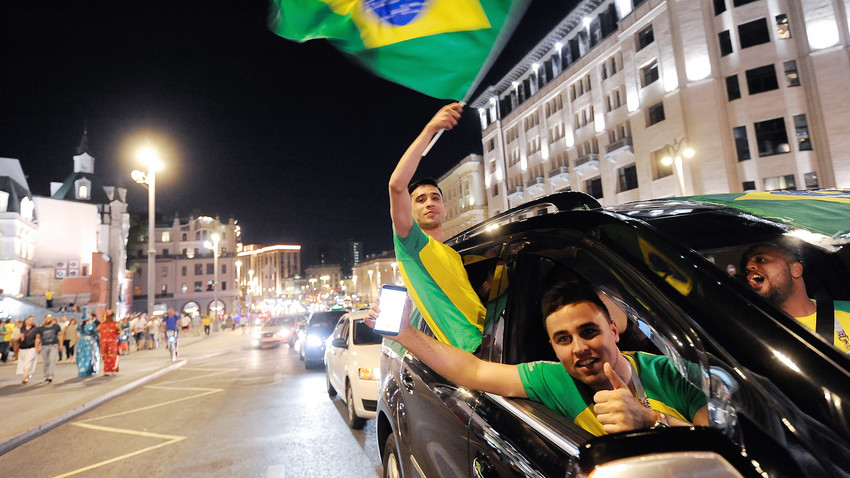
ITMO modeled a fan fight predictor and a travel solution
To prevent street conflicts, ITMO University modeled a system forecasting the probability of football fan fights during games by tracking fan posts on social media and images from CCTV. The researchers also designed a VR simulator to help manage streams of people.
To forecast the future streams of fans and their routes to and between cities, the university also created a solution helping to adapt public transportation to the fans’ plans. The system allows working out a route, paying for the trip using a smartphone, detecting fare jumpers, and analyzing the city's passenger traffic.

The solution connects all devices through cloud technologies. Thus, passengers can pay for a trip by dialing a number. The project was implemented at the request of the 2018 FIFA World Cup Transport Directorate.
Tomsk State University graduate invented the Zabivaka mascot
The World Cup mascot, 'Zabivaka,' is a wolf whose name translates as 'Goalscorer,' and it was designed by Ekaterina Bocharova, a graduate student at the Graphic Design Department of Tomsk State University.
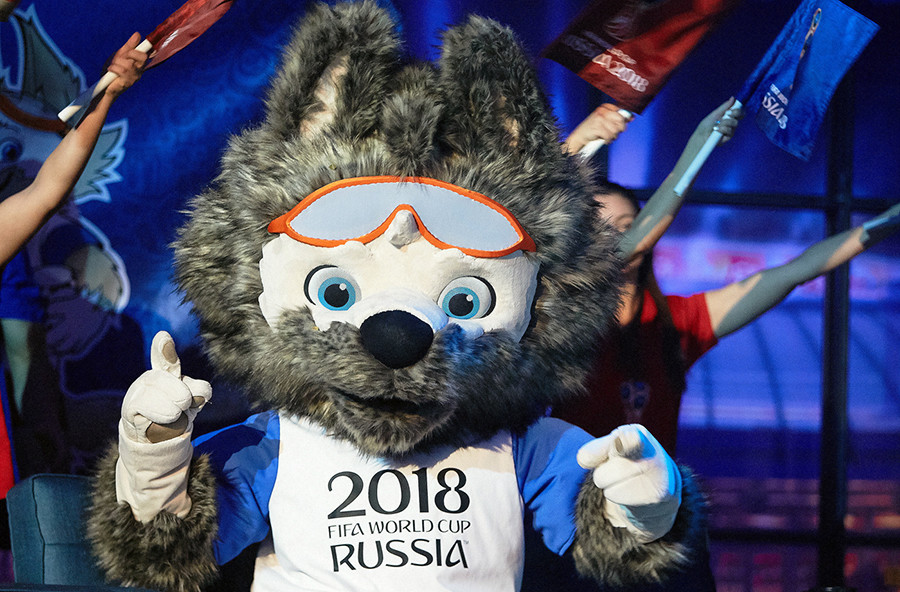
“The wolf is young, sporty and resolute. He has a large family in which he is the youngest one,” noted Ekaterina, adding that Zabivaka had to work hard, but he is an optimist.
“This is the only mood you can have when you are trying to win the championship.” The wolf was selected by Russians in an open vote.
Ural Federal University created a manual for football fans
This manual describes the classification of fans, their features, and current stereotypes related to them, as well as differences between Russian and foreign fans.
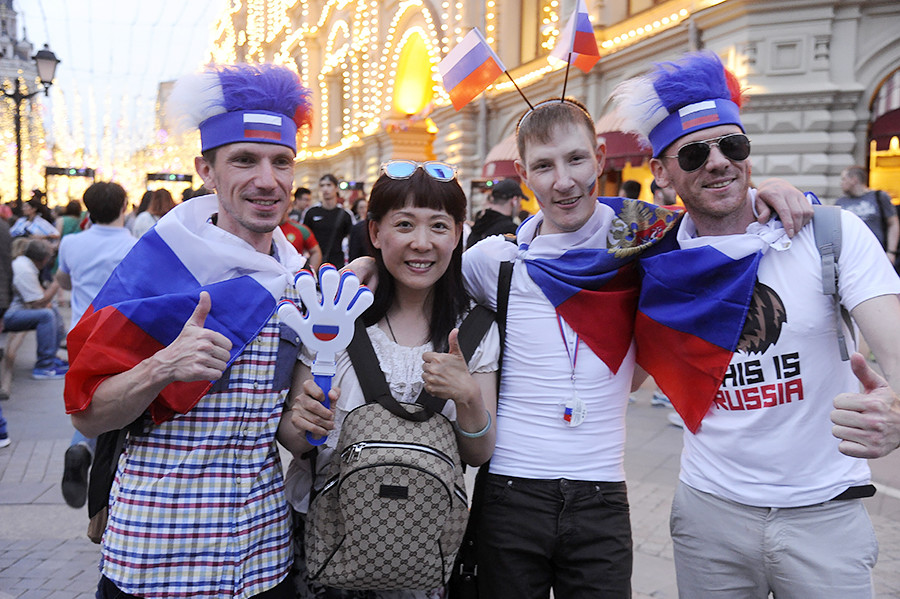
Immanuel Kant Baltic Federal University created a space monitoring service
Many stadiums for the World Cup had to be built from scratch. For the construction of the stadium in Kaliningrad, a Russian exclave, Immanuel Kant Baltic Federal University created a new service, Space Monitoring of 2018 FIFA World Cup Stadium Construction. The aim of the system is to provide visual analysis based on a set of space images.
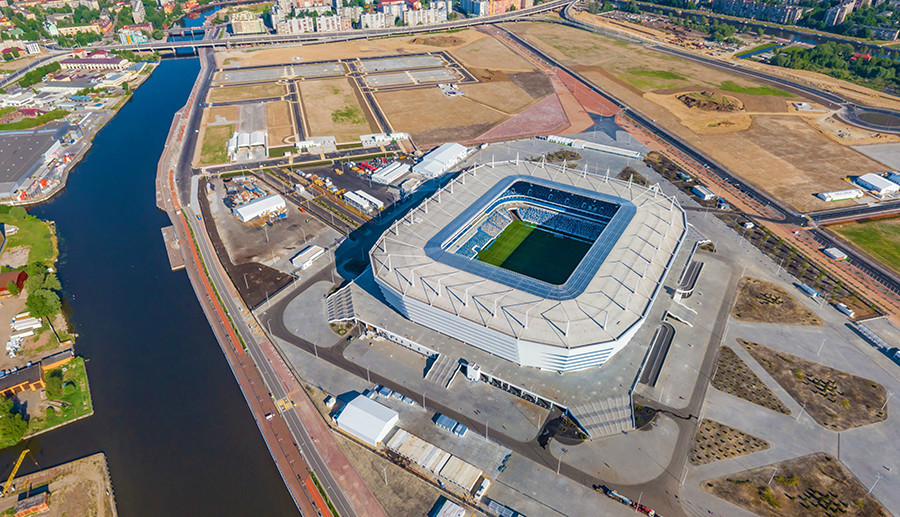
The Higher School of Economics designed the FIFA poster
Igor Gurovich, Associate Professor at the HSE Art and Design School, created the World Cup’s official poster that features Lev Yashin, a symbol of Russian football, who remains the only goalkeeper in history to win the Ballon d’Or.
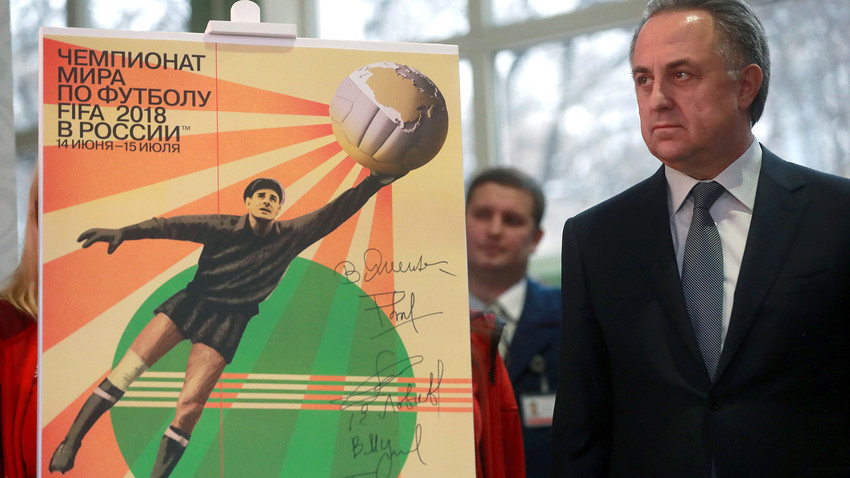
Vitaly Mutko, Russia's Deputy Prime Minister and Russian Football Union President, unveils the 2018 FIFA World Cup official poster featuring an image of Soviet goalkeeper Lev Yashin
Sergei Fadeichev/TASSIn the poster, he is wearing his traditional outfit and reaching for the ball, one half of which is typical for Soviet times; the other half depicts the vast landmass of Russia as seen from outer space. The rays of light emitted by the ball symbolize the tournament’s energy, while the circle of green represents the fields of 12 stadiums in 11 host cities.
“The style of Soviet post-Constructivist posters, their unique visual language that was a new, fresh poetry of figurative images became one of the most important and revered elements of Russian culture,” said Gurovich. “I really wanted to make this language modern and relevant once again.”
If using any of Russia Beyond's content, partly or in full, always provide an active hyperlink to the original material.
Subscribe
to our newsletter!
Get the week's best stories straight to your inbox